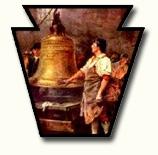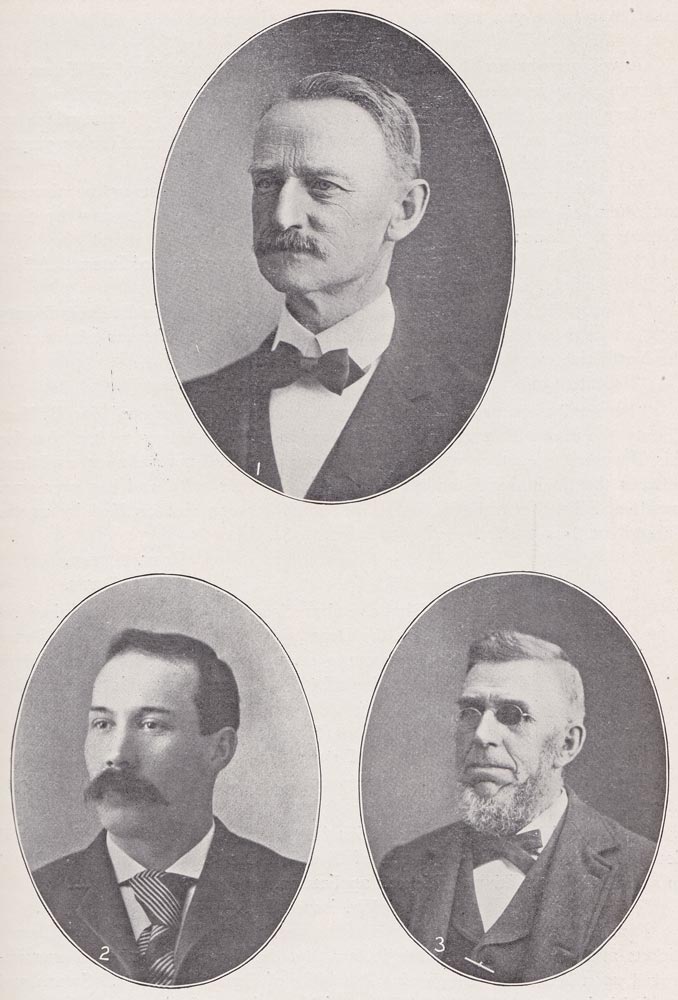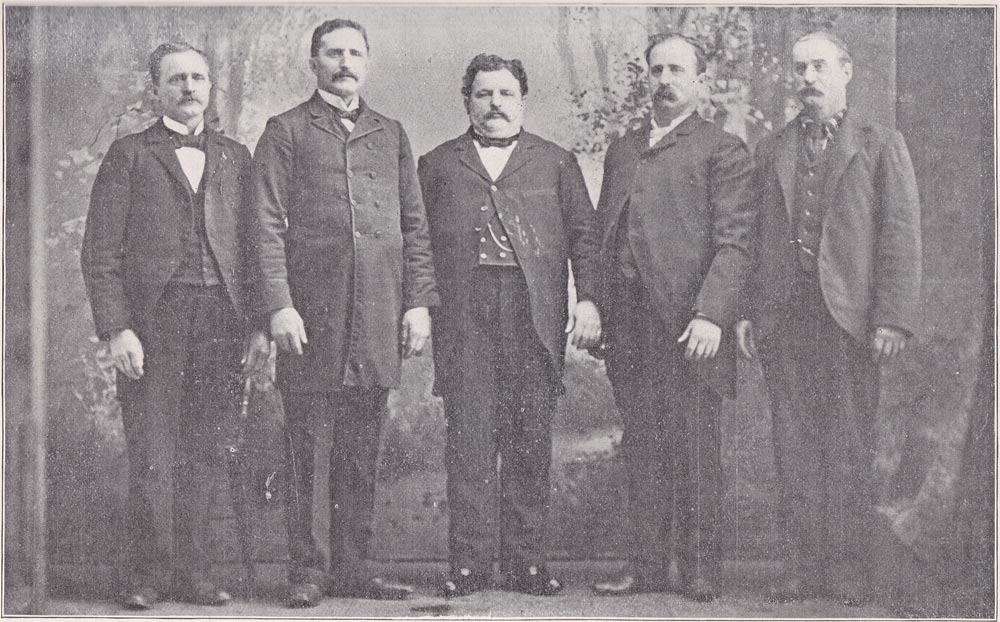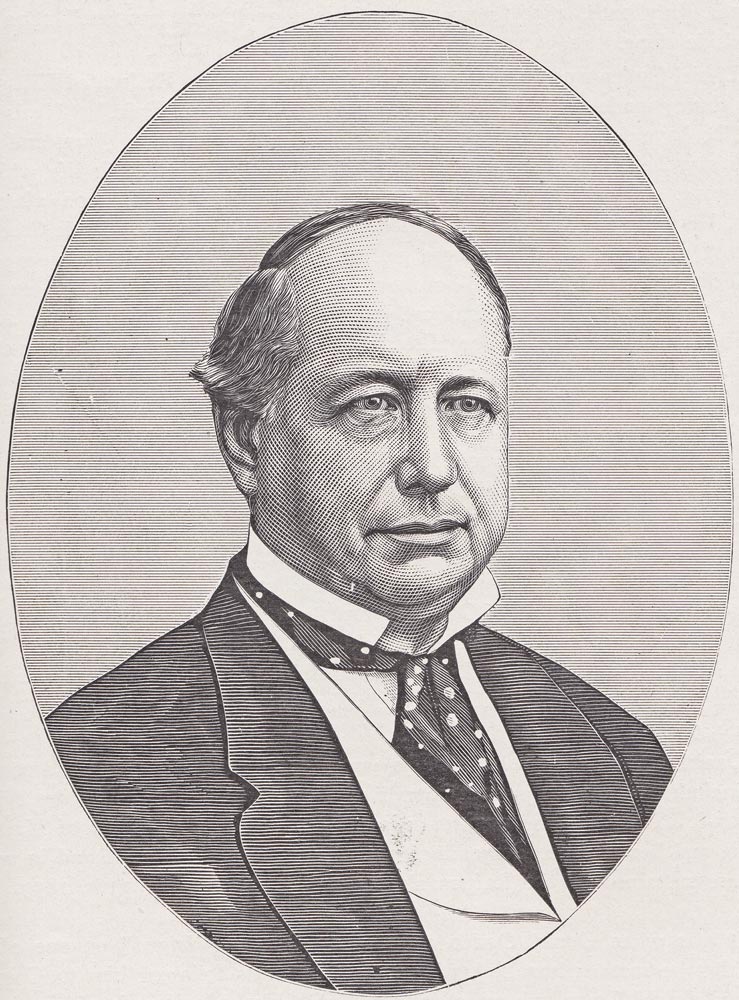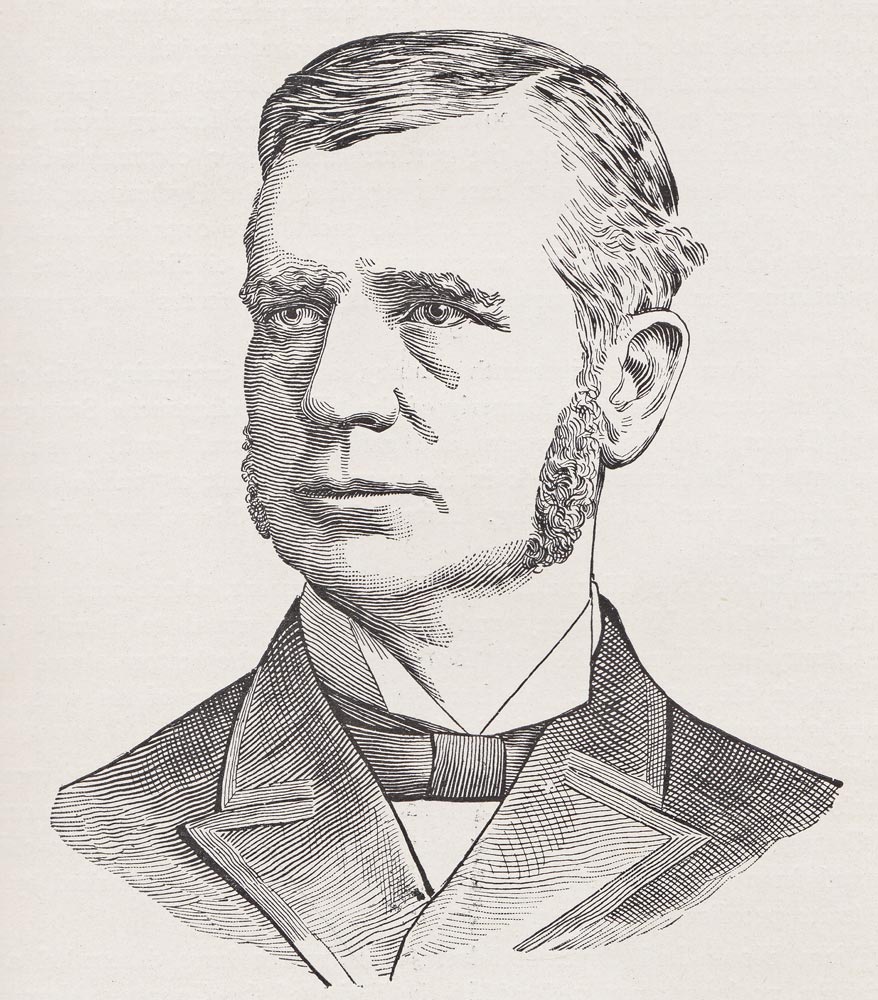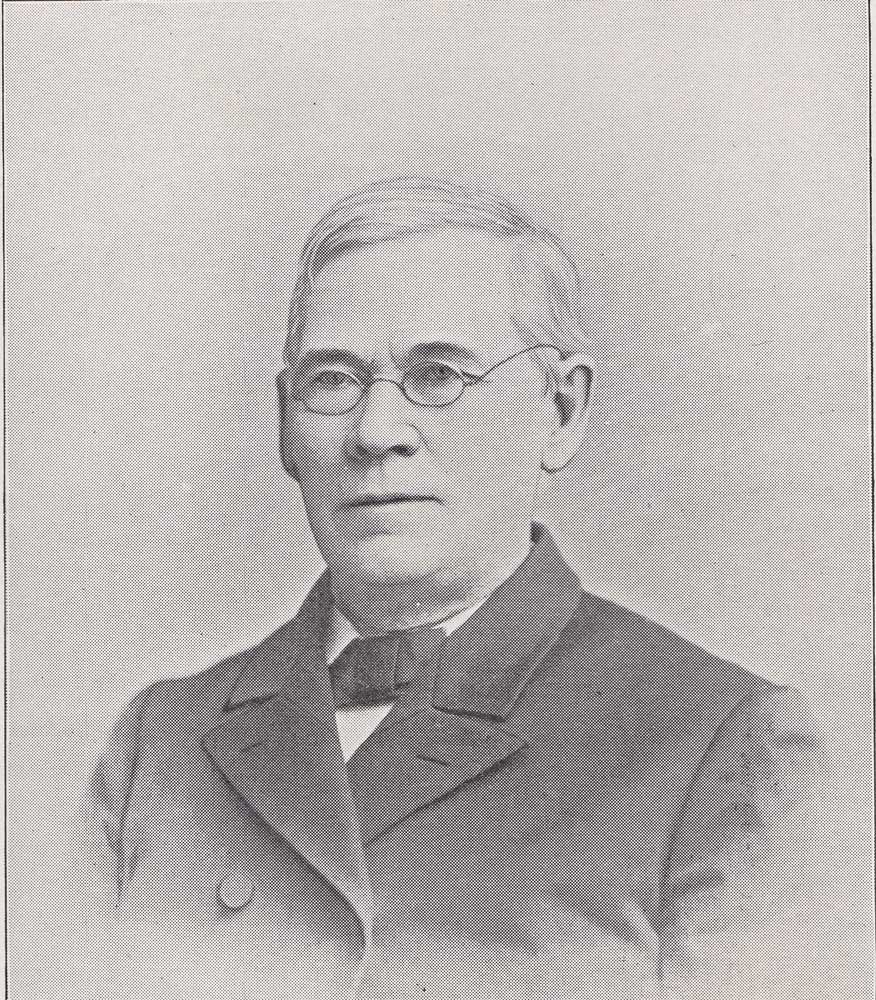| |
13 June, 1836. It is for a tract of land situate in
Decator Township, Clearfield County, on the waters of Clearfield Creek,
containing 400 acres & allowance, and is bounded by the John McClelland on the
North, Rowland Evans and Sam'l Emlin on the East, Robt. McGhee & Geo. Eyere on
the South, and the Joseph Clark on the West.
"Edward Rickets, Junior, applies for four hundred acres
of land inclg Impt. on both sides of Clearfield Creek, adjoining on the lower
sides of Cheney Rickets, Senior, application on said Creek in Bedford County.
"Bedford County. Int. from 1st March,1783, Wt Issud.
Personally appeared before us Edward Rickets, Junior,
and made oath according to law that he that Depponent Improved upon the above
tract of Land in the month of Sept. in the year 1783. Sworn & certified by us
two of the justices for Bedford County this 15th day of November, 1784.
(Signed) ROBT. SMITH.
(Signed) JAMES COYLE.
In the journal of James Harris, surveyor, under date of
Oct. 28th, 1784, giving account of surveying then being done on Clearfield Creek
says "Five men by the name of Rickets came to our camp, said they claimed by
improvements a great deal of land up this creek, say they will not suffer it to
be surveyed." And under date of Oct. 3oth, 1784, "Mr. Canan performed one of the
surveys on the West side of Clearfield Creek extending it as high up as Rickets'
claim."
"Captain Edward Rickerts was a native of Maryland, and
while a boy emigrated with his father's family to Pennsylvania. At the age of
nineteen, Edward entered the service as an Indian fighter, and was considered
one of the most experienced frontiersmen in the whole country. During the
Revolution, his services to the Province were so valuable that he was given a
Captain's commission.
"Having made the improvements referred to, and built a
cabin, Captain Rickerts went for his wife and household goods, and returned with
them in 1801. Upon his return he found the cabin occupied by Joseph Leonard and
family. The two families lived there to-gether during the Winter following; but
Rickerts, having no claim to the land except by improvement, was afterwards
compelled to vacate and settle elsewhere. Captain Rickerts died in 1813."
—History Clearfield Co.—Aldrich, 1887, pp. 51.
On 20th May, 1785, or about five months after the
Rickerts warrants were issued, a warrant was issued to John Lukens, Esq.,
Surveyor General, requiring him to Survey or cause to be Surveyed for James
Woodside, of the Township of New London, in the County of Chester, 300 acres of
land on Warrant numbered 57o which was afterwards done, and returned 17th
February, 1801
Mr. Aldrich - History of Clearfield Co., page
52—says, "James Woodside first came to this county, or rather Lycoming County,
in the month of July, 1785, with a surveying party from Chester County. Several
tracts were located by them, one of which, under warrant number 570, belonged to
Woodside, and his land was located on the stream known as Stump Creek. James
Woodside lived here many years, the only white resident among the few remaining
Indians, who were quite friendly. He is described as a man of decidedly peculiar
habits, having no family, and content to live alone in his forest home, where he
died in
|
|
